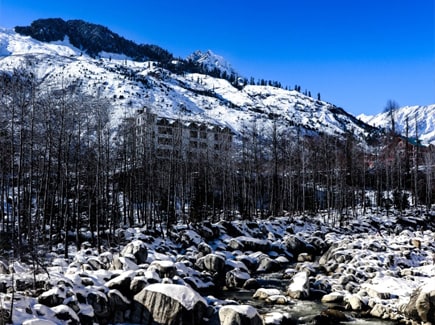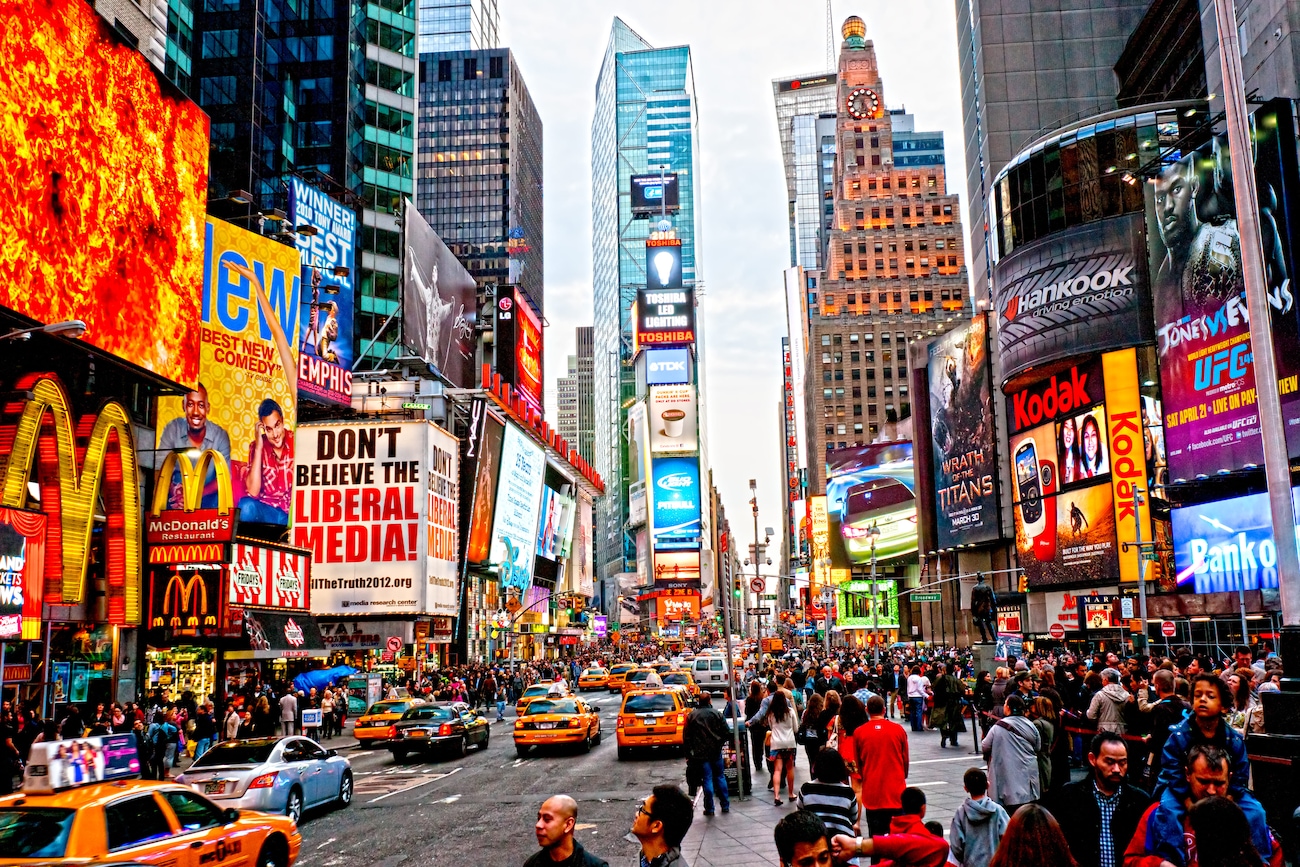Published in the Saturday Navbharat Times on 22 June, 2024
As I hurried through the bustling streets of Lower Manhattan, navigating the crowds that define New York City's weekday rush hour, I couldn't help but reflect on the sheer simplicity of the address my friend had given me earlier: 388 Greenwich Street. It was a stark contrast to the lengthy, descriptive addresses we're accustomed to back home —addresses that often include directions like "above so-and-so," "near such-and-such school or next to this bank etc.” or detailed directions involving nearby landmarks and intersections. In New York, however, the address was refreshingly straightforward: a single number and a street name. At first glance, it felt almost too easy, too minimalist. Could an address really be this simple? I had to read it again just to make sure I wasn't missing something.
New York is always an exciting city, attracting over 60 million visitors every year. Many visiting the city for the first time and eager to tick off all the must-do sights of the city and many others who are on their repeat visits looking for the latest attractions in the city. New York has many popular landmarks like the beautiful Empire State Building, Rockefeller centre, the peaceful Central Park, the bustlingTimes Square with its blinding lights, Wall Street and so many others.
As a tourist in Manhattan, New York city’s busiest borough where you will find the most attractions, shops and restaurants, finding your way is definitely the first thing on your mind. Thankfully, navigating your way through Manhattan is one of the easiest and most enjoyable things to do. Both locals and tourists alike often use the numbers in NewYork to state the location, their meeting point or their hotels address. You will often hear statements like meet me at 7th and 33rd east or lets meet at the junction of Broadway, 7th avenue and 42nd street which is nothing else but Times Square. Mostly only numbers are used to determine any address, any location. So much so that the famous luxury departmental store of New York also has the street number in its name itself. Saks 5th Avenue is one of the most iconic shops in New York , but yes if you want more affordable and trendy shopping then head to the shops on 34th street! On my visit to New York this time I decided to decode this numbering system. New York City’s addressing system, particularly in Manhattan, has always fascinated me with its simplicity. New York’s numbering system of streets follows a clear and logical grid pattern that was established with the Commissioners' Plan of 1811. This plan aimed to create a systematic layout for the city, replacing the previously irregular and confusing streetscape.
Here's how the grid system works. The city is divided into streets and avenues.In Manhattan, streets run horizontally from east to west, while avenues run vertically from north to south. Streets are typically numbered, starting with 1st Street at the southern tip of the island and increasing as you move northward. Avenues are also numbered but are interrupted by major thoroughfares like Broadway and some named avenues. The streets are further divided into east and west designations. Fifth Avenue serves as the dividing line between east and west streets. For example, a street might be East 34th Street on the east side of Fifth Avenue and West 34th Street on the west side. The grid system makes navigating Manhattan surprisingly straightforward. Knowing the cross streets of an address immediately gives you a sense of its location relative to the city’s landmarks and neighborhoods.
There are however a few exceptions, and while most avenues are numbered, some retain historical names like Park Avenue and Lexington Avenue, particularly in Midtown and the Upper East Side. One major exception to the grid system is Broadway, which cuts diagonally across Manhattan. It creates iconic intersections like Times Square and Herald Square, adding a unique character to the city’s layout.
Times Square and Broadway are the heart of Manhattan and it is really interesting to note how Broadway itself got its name. But before we look at how Broadway got its name, I started wondering how New York got its name. And whats amazing is that even the state in which New York City is located is also called New York.The story of how New York City got its name is rooted in a blend of colonial ambition and historical power shifts. It all began in the early 17th century when the Dutch, in their quest for expanding trade routes and establishing colonies, founded a settlement called New Amsterdam on the southern tip of Manhattan Island.New Amsterdam was bustling with activity, a melting pot of cultures, languages, and commerce. The Dutch West India Company thrived here, capitalizing on the rich fur trade and strategic location. However, in 1664, the English captured the city without resistance. They renamed New Amsterdam and the surrounding area as New York in honor of the Duke of York, who later became King James II of England. The name reflects this peaceful transfer of power and the city's colonial past. By renaming the city and the surrounding territory (which later became the state of New York) the English aimed to assert their dominance and mark the region as part of the English colonial empire. This change symbolized the shift in power and control from the Dutch to the English, reinforcing the new governance and cultural influence.
When in New York, if you want to catch a musical show, theatre or entertainment of any kind you will surely head to Broadway, the famous street in New York City. This street also derives its name from the Dutch language, originating from the word "Brede Weg," meaning "Broad Way." This name dates back to the Dutch colonial period when New Amsterdam (now New York City) was established. Initially an Indian trail, Broadway evolved into a major thoroughfare as Manhattan developed, becoming a principal north-south artery by the 19th century.
As a traveler who has explored over 80 countries, I’ve always been intrigued by how different cities organize their urban spaces. New York’s grid system stands out for its efficiency and the way it shapes the city’s identity. So, as I finally arrived at 388 Greenwich Street, I marveled at how a simple address could tell a story of urban planning, historical development, and cultural identity.
Next time you find yourself navigating the streets of Manhattan, remember that behind each address lies a piece of the city’s history and a glimpse into its meticulously planned future. Embrace the simplicity, appreciate the logic, and let yourself be guided by the grid that defines the heartbeat of New York City.











































Post your Comment
Please let us know your thoughts on this story by leaving a comment.